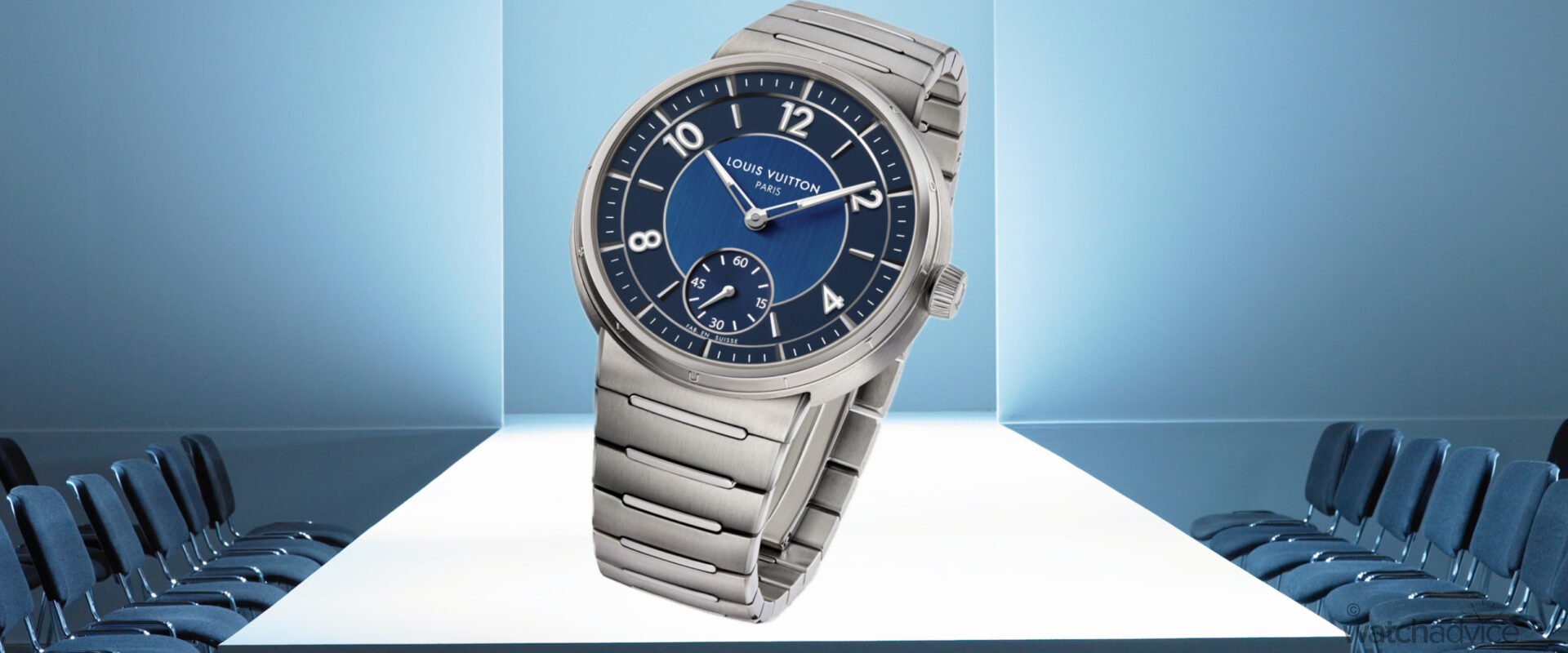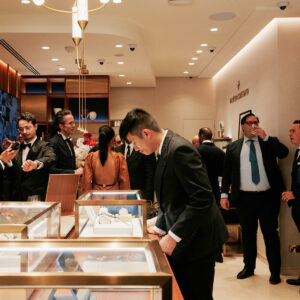In this article, we take a deep dive into what the ‘fashion watch’ is, and address the misconceptions that the watch world has about them.
Ever since I wrote my article regarding Five of the Best Watches from High Fashion Houses, I’ve been thinking about how much outsider brands have been influencing horology. Yet, not many people seem to be talking about them – other than the occasional social media vitriol that bubbles up to the surface, courtesy of some gatekeeping dissident of the watch community.
Although gatekeeping is present in virtually every niche interest (goodness knows how many times I’ve been called a ‘casual’ while watching MMA), watchmaking seems to have the most vocal and cannibalistic minority. ‘[brand name] is much better than [brand name],’ ‘never wear a watch from [brand name],’ ‘[brand name] is the only watch brand you should wear’ – the list goes on.
One term I see constantly cropping up, however, is ‘fashion watch:’ A controversial term in the industry, and one often used to keep others from enjoying timepieces from nontraditional watchmaking brands regardless of their merits. But are they all as bad as the naysayers tell you they are? Are these ‘non-watch’ brands truly dedicated to the artistic expression and technical expertise of horology? And do established watchmakers like Cartier fall into this classification?
More Than A Brand Name
But what exactly is a ‘fashion watch?’ To reiterate from my previous articles, the term is generally used by the watch community to classify any watch made by a nontraditional watch company. For some, it’s a derogatory term closely associated with cheaply-made, poor-quality timepieces created solely for branding purposes. These pieces, varying in their successes, commonly reflect a lack of respect for the art form.
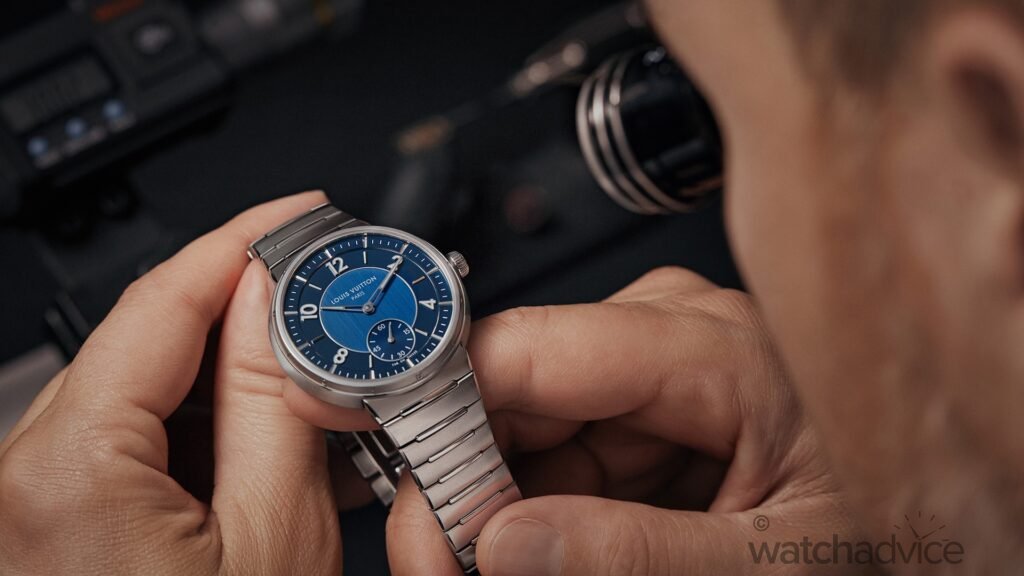
In horology, ‘fashion watch’ is a dangerous term, as it also inadvertently undermines the legitimacy of any brands wishing to defy such stereotypes. It promotes the idea that faceless corporations are exploiting watchmaking’s platform for profit in favour of mass-produced products.
The reality, however, is far from the truth: There are several brands that, despite their ‘fashion watch’ label, have made significant strides to distinguish themselves in both design and craftsmanship. For instance, Louis Vuitton’s La Fabrique du Temps workshop houses two of the ten remaining master watchmakers in the world. Chanel owns half of the manufacturing company Kenissi, reputable for creating movements for Tudor. Parisian leather makers Hermès own a 25% stake in Vaucher Manufacture Fleurier, who also make movements for Audemars Piguet, Richard Mille, and TAG Heuer’s haute horlogerie division. Even Gucci, who up until recently shared a parent company with Girard Perregeaux and Ulysse Nardin (who have now gone fully independent), now possesses in-house micro-rotor and tourbillon movements.
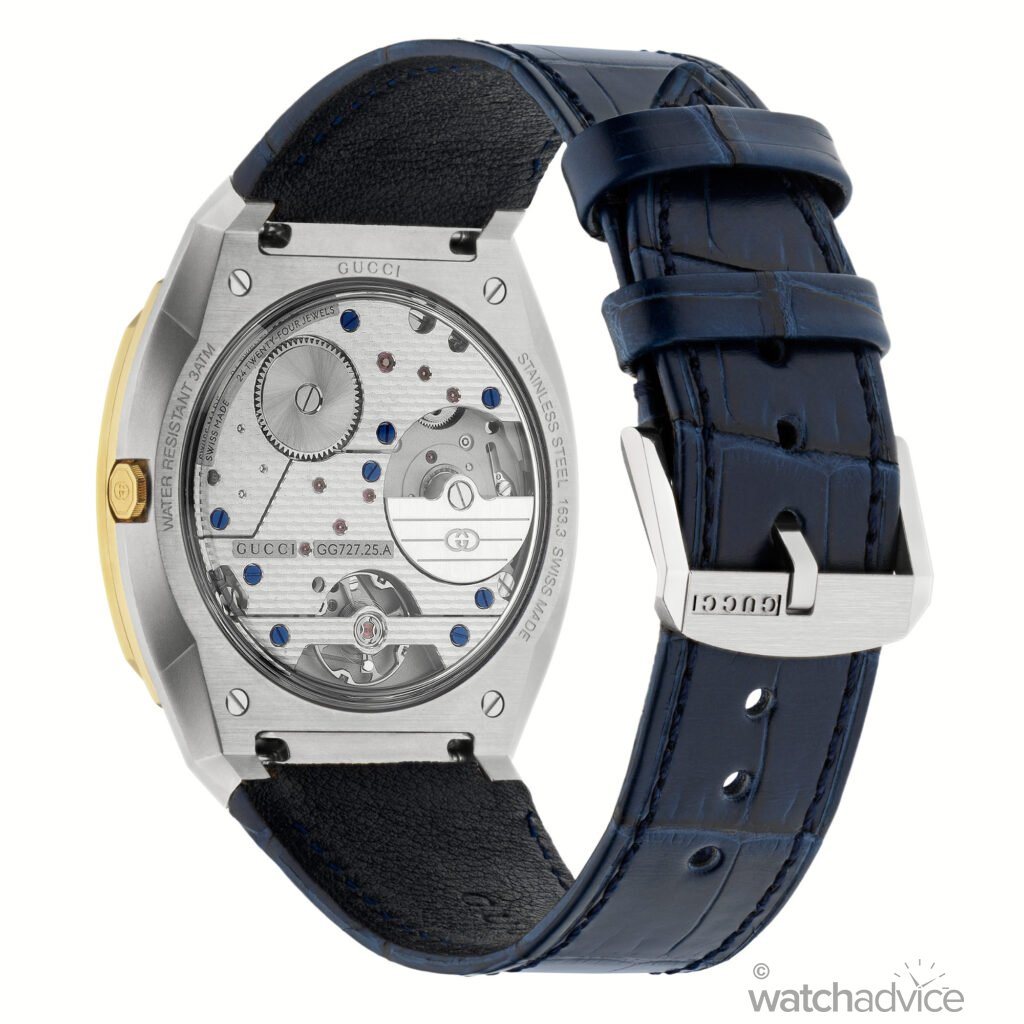
Despite these achievements, one could argue that these companies aren’t succeeding in the watch world off of their own merits. Instead, they are acquiring the expertise of others to do the job for them, leveraging their amassed wealth and collective business acumen. Again, this promotes an ‘Us vs Them’ mentality within the community, which is also fundamentally flawed.
There is evidence to suggest that, as opposed to a complete hostile takeover of the industry, these companies are also driven by a genuine passion for horology. Ralph Lauren and Giorgio Armani, for example, are both known to be longtime watch nerds. As such, they have collaborated with significant players in the industry to ensure their own offerings are up to snuff. Ralph Lauren’s brand utilises calibres from both Piaget and Jaeger-LeCoultre for their collections, whilst the Giorgio Armani 11 is a vast departure from the commonly found Emporio Armani timepieces, created in collaboration with Parmigiani Fleurier.
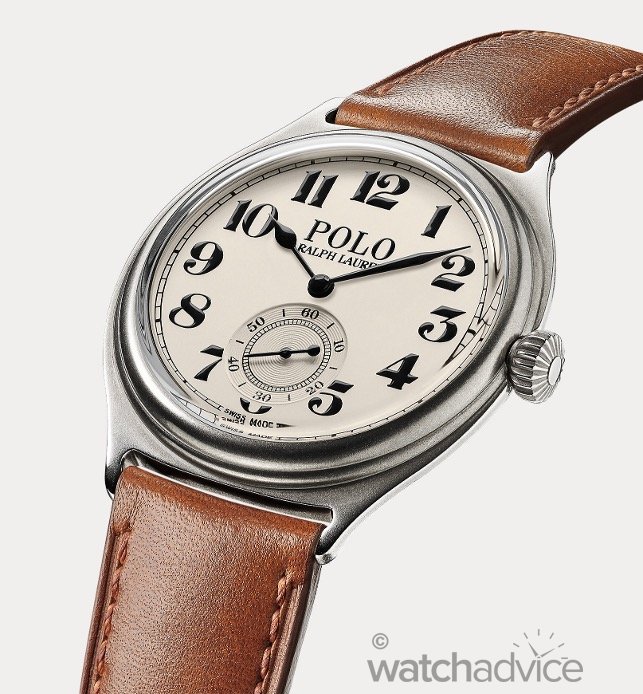
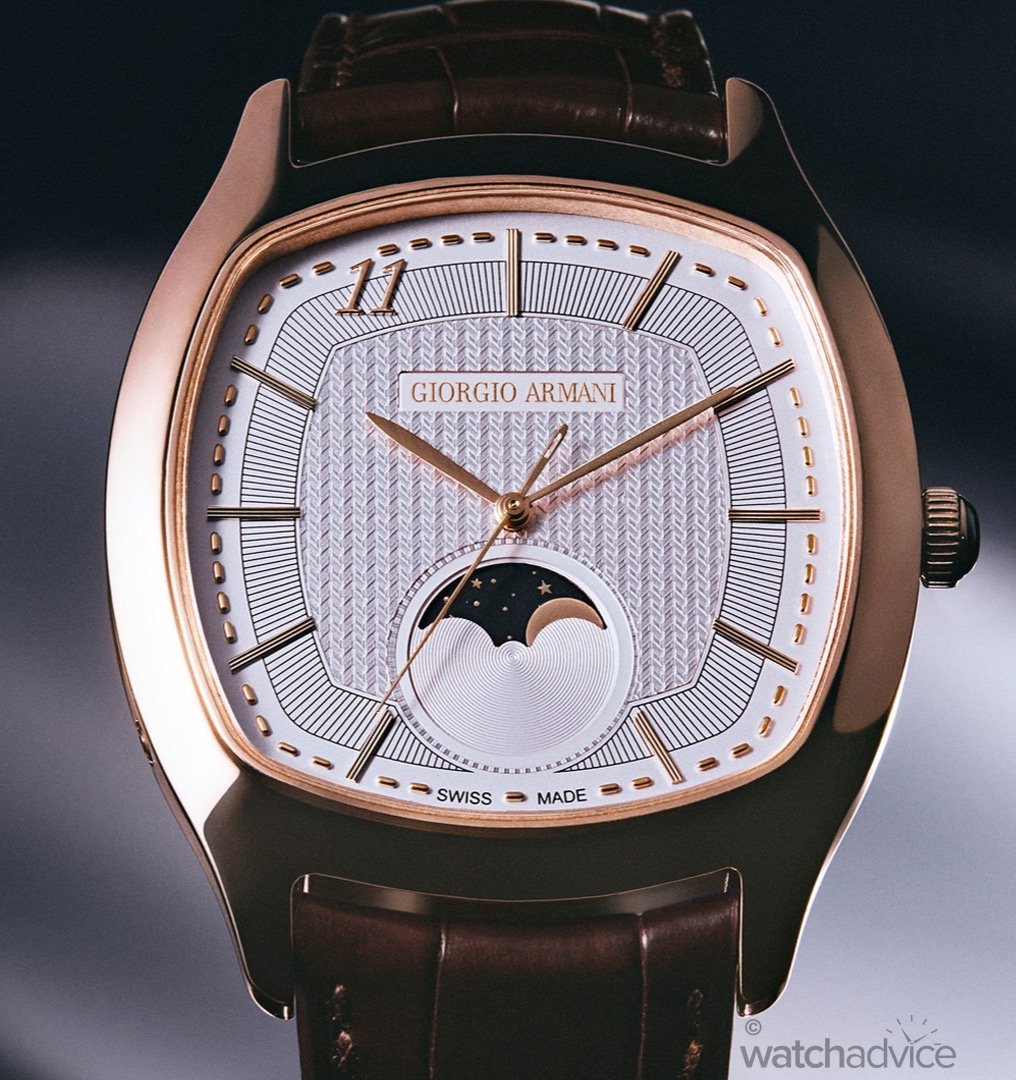
This isn’t an entirely new concept, either – Montblanc has made frequent appearances at Watches and Wonders, and is reputable for releasing classically designed timepieces with incredible craftsmanship and innovative technologies (more on that later). However, their upmarket movement strategy was most likely expedited by their own acquisition of watch company Minerva in 2007. These days, you don’t get many eyebrows raised at the pen makers regarding their place in horology, so who’s to say that others shouldn’t earn their stripes any time soon?
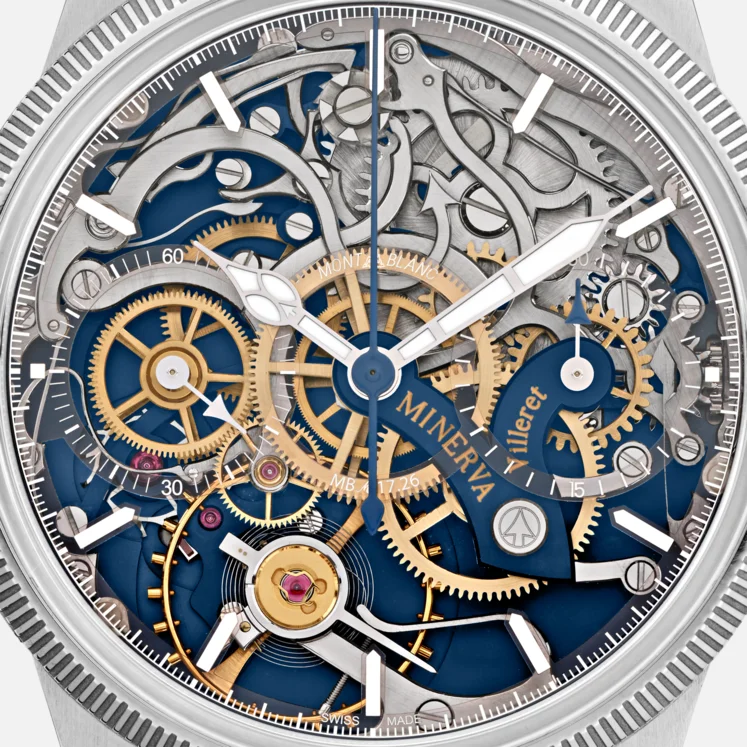
The Cartier Paradox
Circling back a little bit, ‘fashion watch’ is a boogeyman term, used by those who only see timepieces from ‘non-watch’ brands as platforms for branding clout. To them, ‘non-watch’ brands are devolving the industry into nothing more than status symbols, ‘flex pieces’ for those wishing to flaunt that they have more dollars than sense.
While major watch brands engage in similar tactics, their reputations are built on a legacy of watchmaking. Thus, their branding is ‘more justifiable’ as it has a perceived legitimacy that outsiders lack. It implies that, because a company has been making watches for a long time, they automatically know what makes a good watch.
The belief that ‘non-watch’ brands are illegitimate due to a lack of relevant heritage and authenticity is completely unfounded. Historically, many ‘non-watch’ brands have been authentically navigating their way into the watch world for far longer than their objectors realise.
Perhaps the biggest detractor of this popular argument is Cartier. Founded in 1847 as a jeweller, their contributions to the watch world would not occur until 57 years into their tenure; In 1904, the founder’s grandson, Louis Joseph Cartier, would invent the Cartier Santos – the world’s first wristwatch.
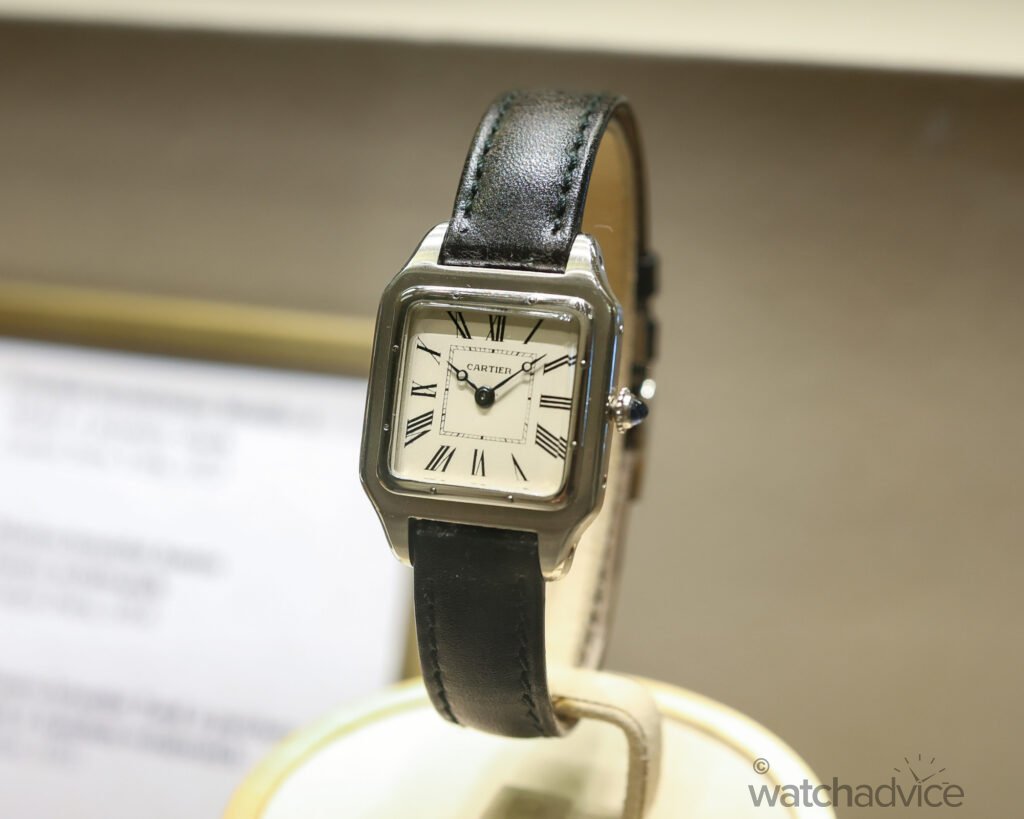
Related Reading: The Santos Stories – A Brief History Of The Iconic Watch
This is where the fallacy lies: In spite of their contributions to horology throughout the last century – including their status as the second-highest grossing company in the market – if Cartier was founded as a jeweller, doesn’t that by definition also classify them as a ‘fashion watch?’ Casio, another iconic watchmaking staple, shares a similar history. Starting with calculators and other electronics, their first foray into horology with the CASIOTRON was not until 1974 – nearly thirty years after their foundation. Now boasting an iconic lineup including the F91W and G-SHOCK collections, haven’t they dedicated enough to the business? Are they considered ‘legitimate?’
Cartier and Casio, of course, are two of the most popular instances, but the watch world is littered with other examples of such successes; Gucci, for one, broke the 1974 Guinness World with their top-selling Model 2000, whilst the 1999 launch of the Chanel J12 was met with worldwide acclaim.
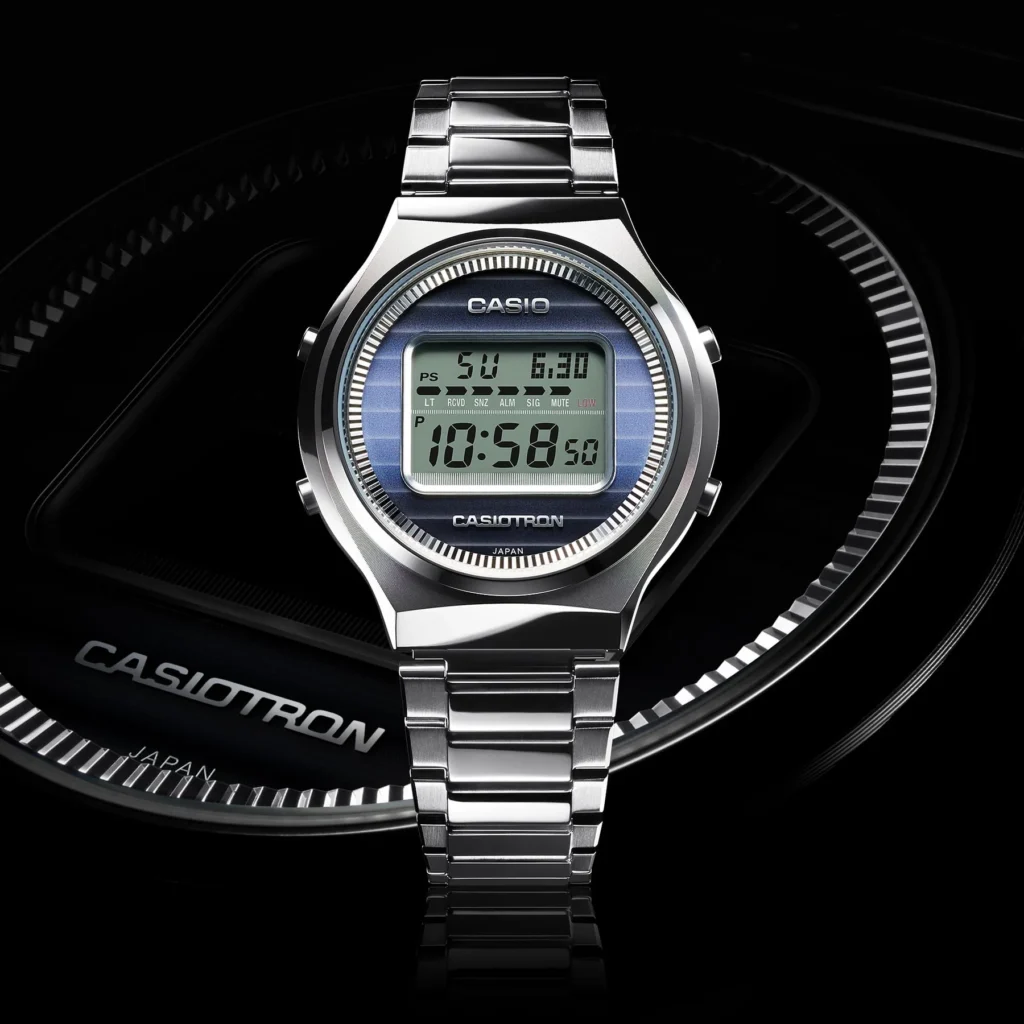
The echo-chamber of snobbery will have you believe that watches and fashion are far removed from one another, remaining in their respective lanes, never to intersect. However, the inescapable truth is this: Watches are fashion.
Since the height of the Quartz Crisis – and more recently, the advent of the smartwatch – wearing a mechanical wristwatch for practical purposes is almost entirely moot. The lines are more blurred than ever, and every brand in and out of the industry has diverted from the products they were known for.
TAG Heuer and Omega make sunglasses, and IWC sells watch boxes and cuff links – wouldn’t you go to anyone else for those items? The answer is simple: Brand Loyalty. Watch companies are beginning to sell items outside of watches, and the same is happening right across the road at these ‘non-watch’ brands. The only difference is that it’s the other way around.

Innovation From Anywhere
Ultimately, what does it matter whose name is on the watch if it’s something that’s attractive, high-quality, and meets the expectations of the budding enthusiast? Depending on who you ask, however, quite a bit. The watch community feeds into the mentality that the only worthwhile contributions to the watchmaking industry are from brands that have only ever made watches. Most outsider brands are almost immediately ostracised by the vocal minority, regardless of their intentions or ability to invest time into the art form.
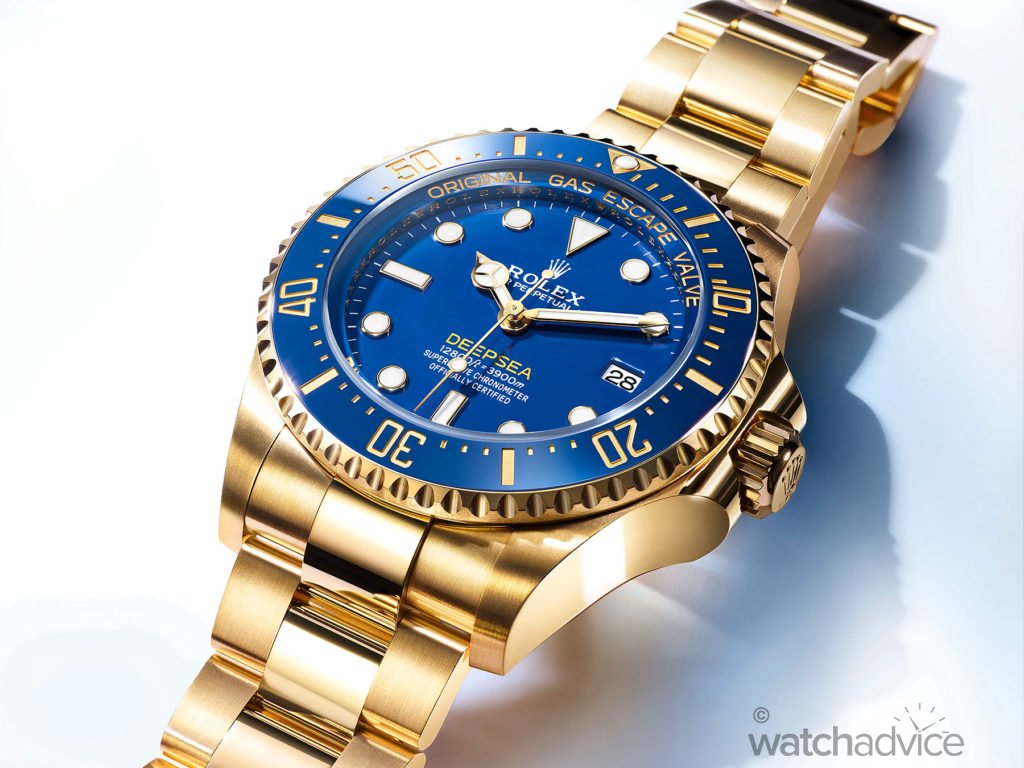
But, as Ratatouille character Chef Gusteau says, “Not everyone can be a great cook, but a great cook can come from anywhere.” Innovations and technical finesse should not be restricted to those ‘chosen few’ in the industry, as the watch world’s thoughts run the risk of being homogenised.
While this may seem ideal, the growing demand for sameness will provoke a response by the manufacturers. A slew of lukewarm timepieces will ensue, serving only to appease the gate-kept community and not the average consumer. This would effectively stagnate the creativity that this industry has been known for.
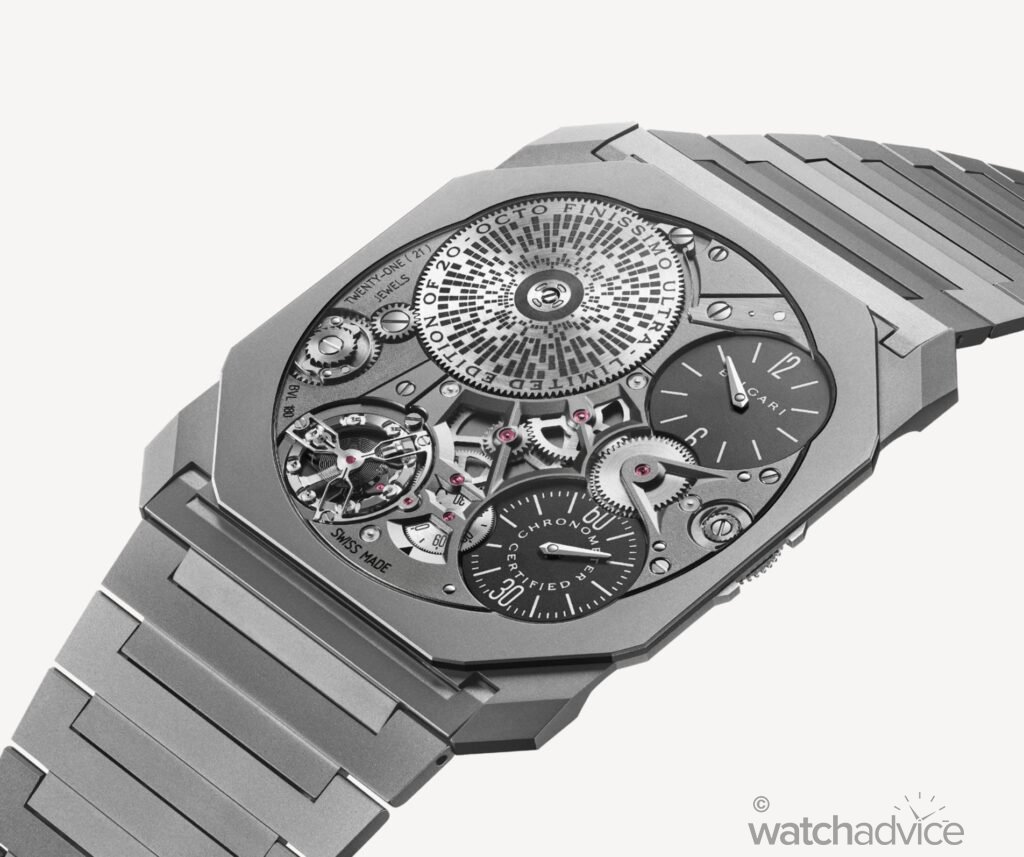
Yes, there are exceptions, but the message is the same: This industry demands innovation. Watches are an anachronistic accessory, and consistently ‘breaking the mould’ is what prevents the industry from falling into irrelevancy. If that means letting outsider brands explore the art for themselves, so be it – See what they’ve achieved already!
Bulgari recently topped Richard Mille to create the world’s thinnest wristwatch for the second time. The aforementioned Montblanc has recently experimented with the “Zero Oxygen” concept at Watches & Wonders Camera company Leica has developed a new hacking seconds mechanism with zero-reset abilities at the push of a button. Chanel has been working with high-tech ceramics ever since the release of the J12, and Porsche Design was responsible for the world’s first all-black wristwatch in 1972!
To say that only the established watch brands of the world are capable of innovation is folly. The contributions of these so-called ‘non-watch’ brands is difficult to ignore, and the integration of new design and technical philosophies is what drives the industry to be vibrant, dynamic, and compelling for all.
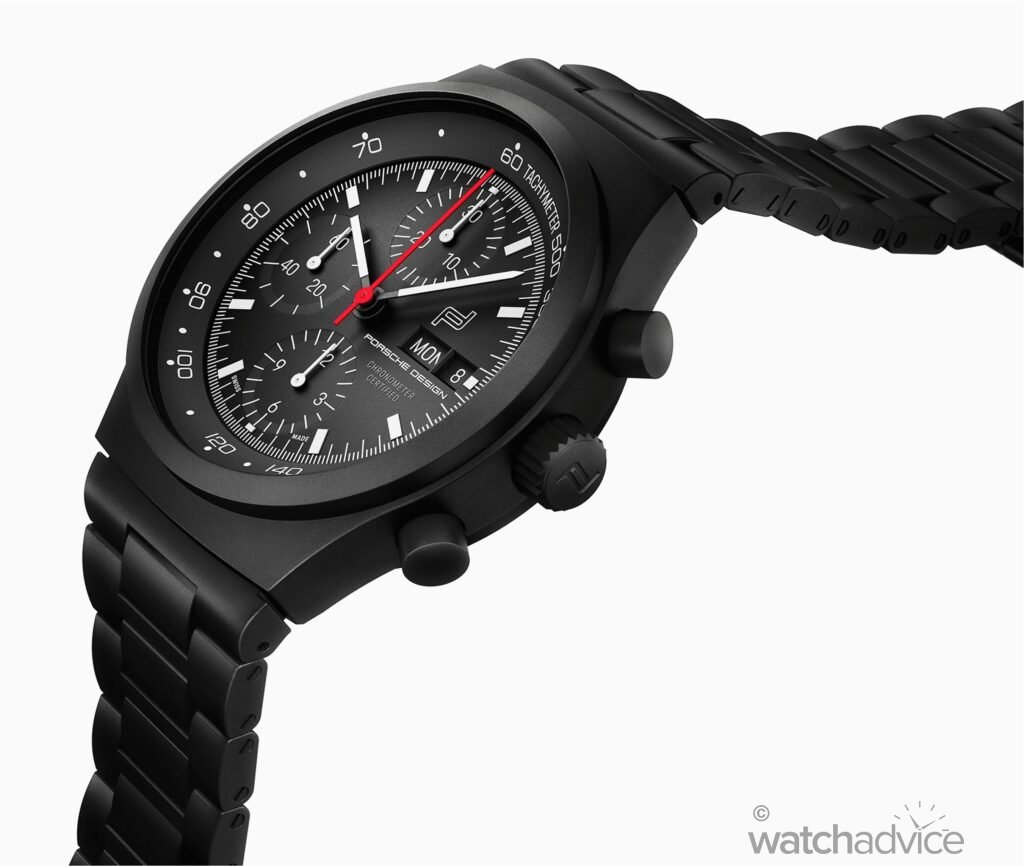
The Future & Final Thoughts
As we look to the future of the watchmaking industry, it’s vital to realise the importance of the ‘fashion watch.’ There are so many brands unfairly pigeonholed into this term; It’s become difficult for the community to distinguish between the parties dedicated to horology and the ones simply looking to make a quick buck.
It’s because of these brands, however, that allow for a growing inclusivity in the watchmaking industry and has led us to the brink of a technical and creative renaissance. Fashion brands like Louis Vuitton and Hermès, jewellers like Cartier and Bulgari, tech companies like Casio and Leica – all these brands are contributing or have contributed in shaping the horological landscape we know today.
In the future, this shift may not just improve the quality of design and craftsmanship but also democratise watchmaking as we know it. This will do away with the haughty exclusivity of yesteryear, allowing timepieces to be appreciated for what they are: high-quality expressions of both art and technical excellence.

Of course, the road is still long, and they face the same issue as any business straying away from their main niche: they’re not yet known for it. For the brands already integrating themselves at the upper echelons, this has been mitigated. For those known for making cheaply made, disposable timepieces, the issue is much worse.
The other point of contention is that, while I personally believe that the perception of a product should solely be based on how it performs, that’s not how marketing and branding work. There are many in the watchmaking community who have been raised to know which brands are good and which are not, and while the former comprises mostly of household names, moving outside this circle of trust can feel too risky.
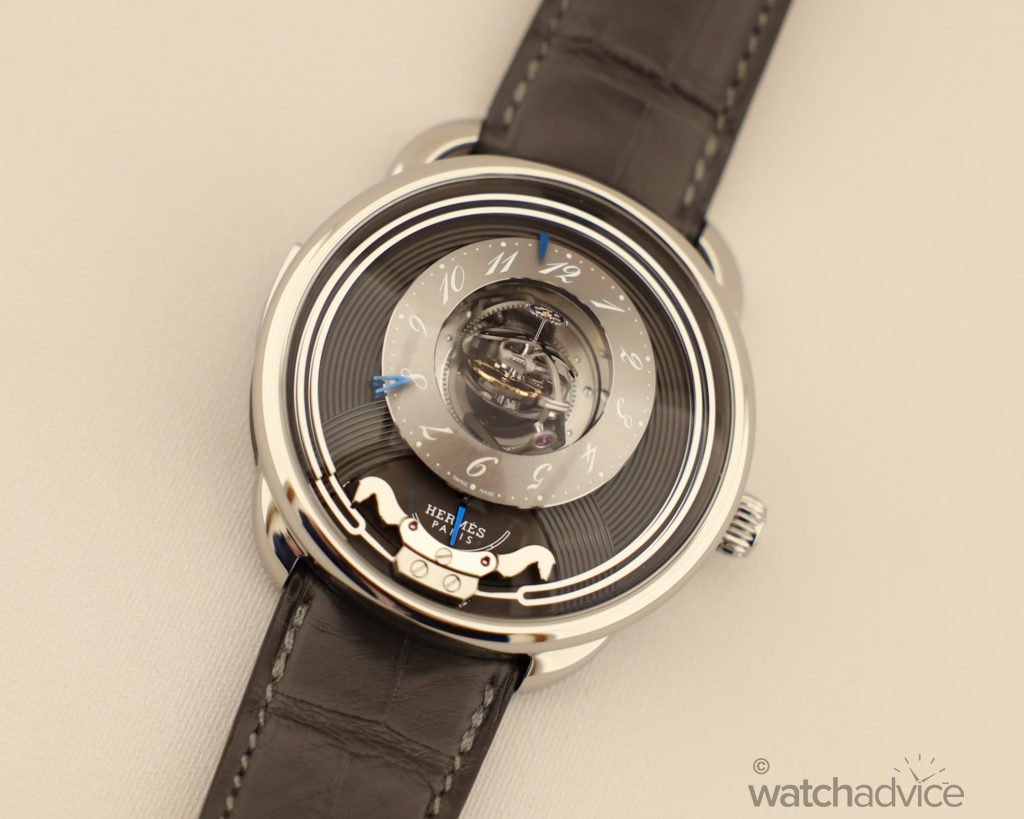
I’m not proposing a conquest of the industry by ‘non-watch’ brands, though – precisely the opposite. They should be welcomed into the industry, and be allowed to invent, innovate and contend with every other established name. If we are able to embrace a unique and diverse input, it can only serve to make the industry better and more accessible, pushing the limit of watchmaking for generations to come.


